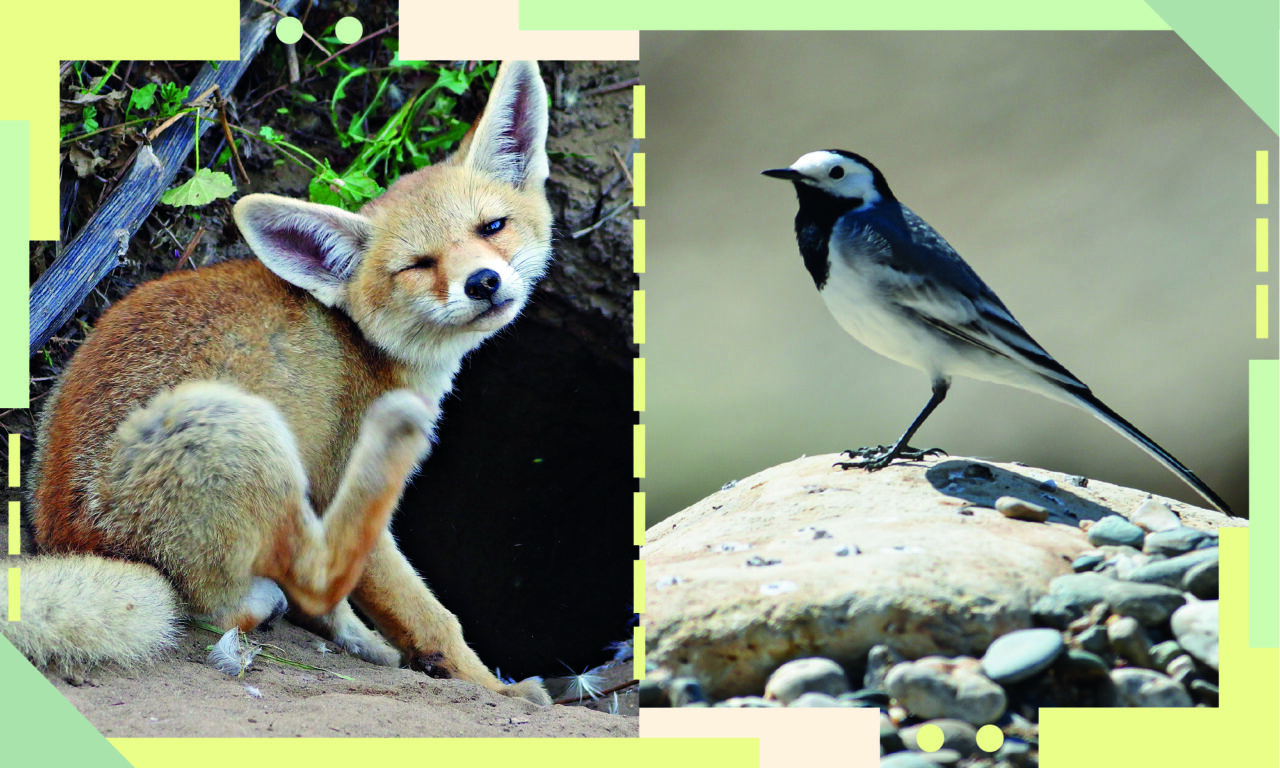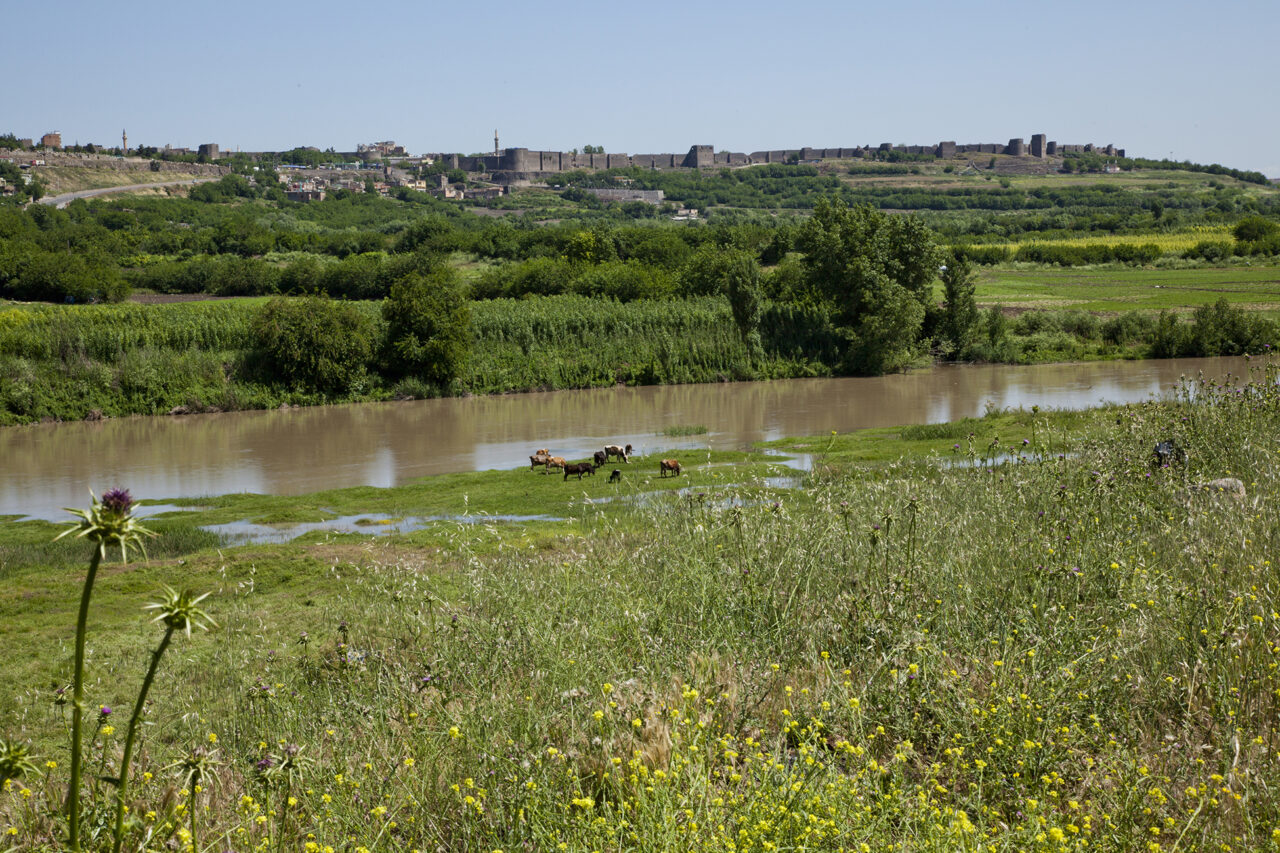
While it shapes Diyarbakır’s character, the Tigris River also gives the city life in real terms. The river and its branches, and particularly the Hevsel Gardens, created by them, host many terrestrial and aquatic animal species. The biological diversity of the region and threatened species of universal value were a significant factor in the Tigris Valley’s inclusion, along with the Diyarbakır City Walls, on the UNESCO World Heritage List in 2015.
From reptiles to predators, from butterflies to carp, the rich fauna of the region is examined by hydrobiologist Erhan Ünlü. Ünlü also lists the factors that have threatened this diversity in recent years.
Born in the immediate northeast of Diyarbakır and meandering throughout its south, with the planes it forms, the Tigris River creates one of the most beautiful and fertile corners of the world. Created by the river, the Hevsel Gardens are one of Turkey’s most significant biodiversity sites both in terms of their natural structure and for their historical features. Apart from marine creatures, it is possible to see examples of almost all terrestrial and aquatic plant and animal groups studied at university biology departments. From this viewpoint, the region is a biology laboratory in its full sense, and a veritable living exhibition site.
Prof. Dr. Erhan Ünlü, Hydrobiologist
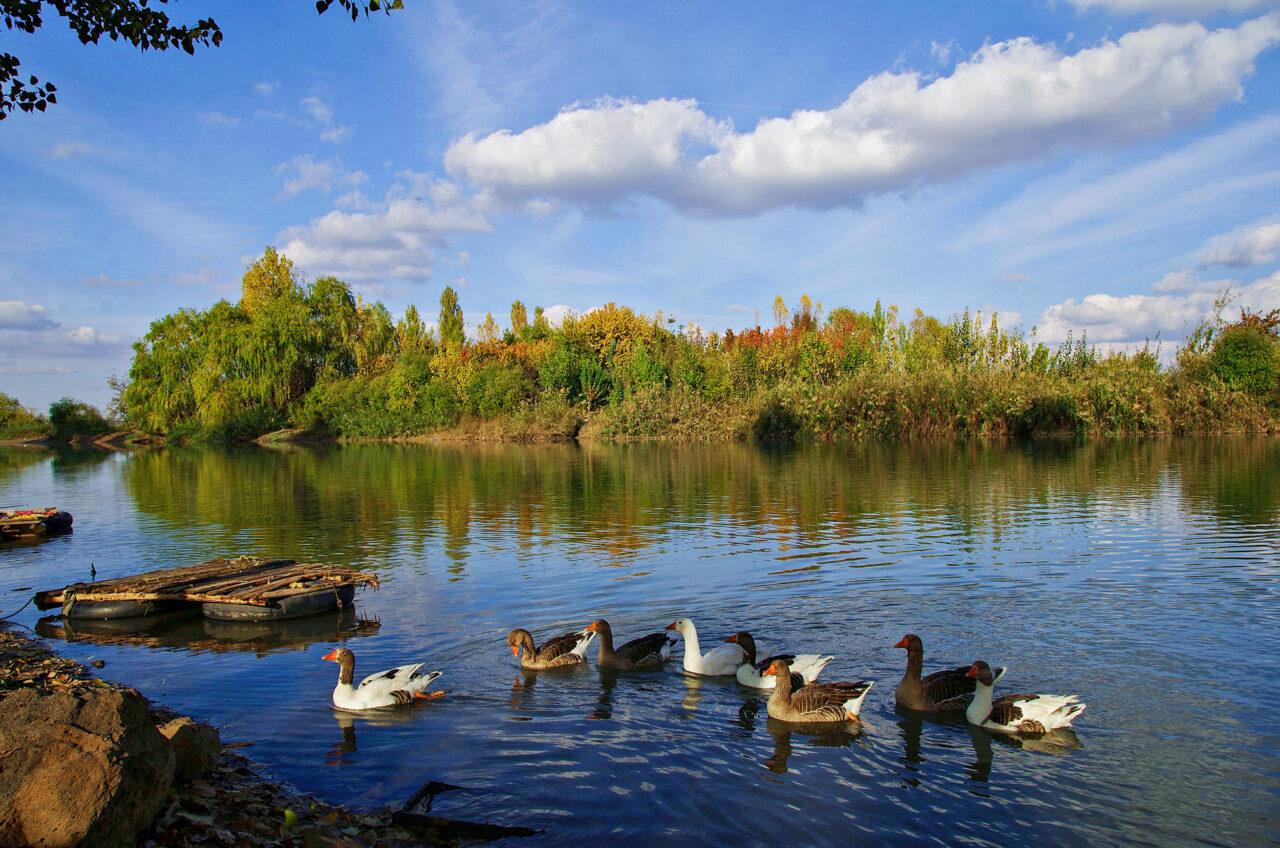
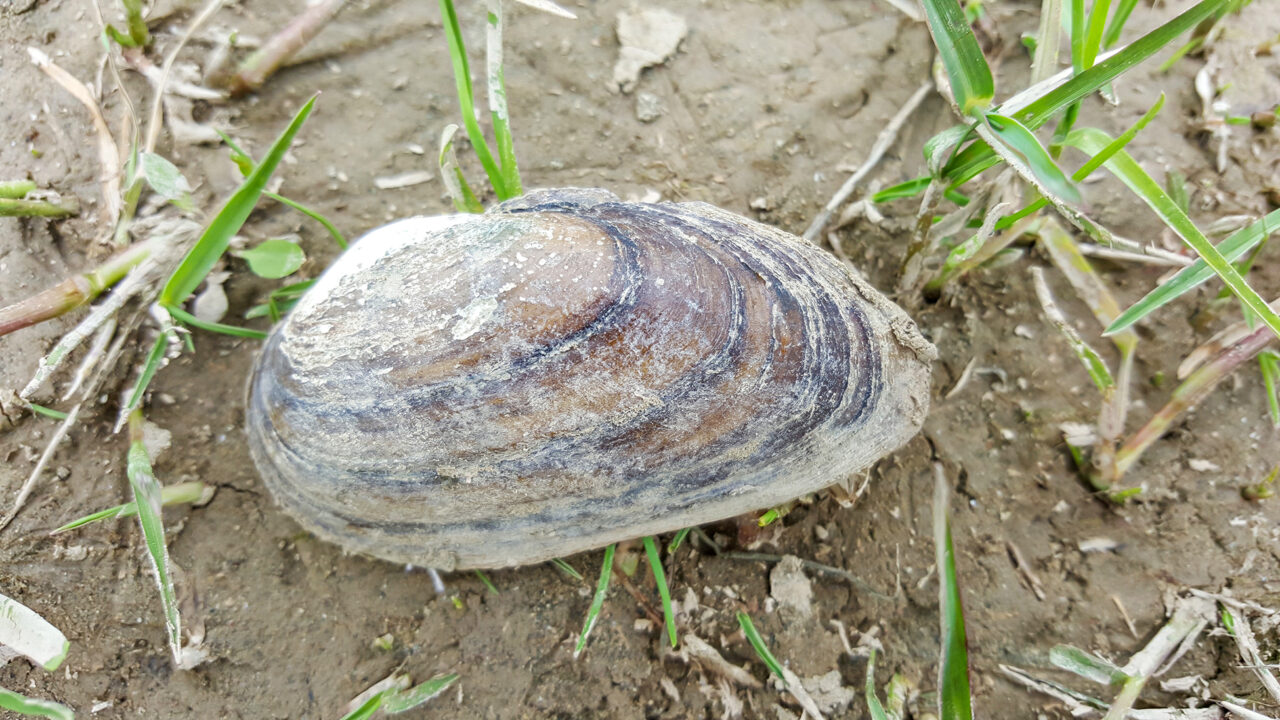
Rivers, coastal sand dunes, lagoons and marshes are important habitats for a great variety of animal species.
Many species of mollusca inhabit the Hevsel Gardens, the Tigris River and its environs. They include:
The land slug (Limax flavus), garden snails (Cornu aspersum and Helix lucorum), small land snails (Oxyloma elegans and Xeropicta derbentina), air-breathing freshwater snails (Physa acuta, Valvata saulcyi, Radix peregra, Gyraulus euphraticus and Galba truncatula), gill-breathing freshwater snails (Theodoxus syriacus and Melanopsis praemorsa), and mussel species that inhabit rivers and ponds (Unio mancus, Unio tigridis, Leguminaia wheatleyi and Anodonta anatina).
Erhan Ünlü
Thanks to its temperate climate and cover of various vegetation, the Hevsel Gardens is home to considerably rich habitats of a diverse variety of insects. Certain habitats form microclimates and here, insect diversity increases further. The insect population increases particularly the area between On Gözlü Köprü/Ten Arches Bridge and the University Bridge. In wetland areas we mostly come across varieties of dragonflies and damselflies (Odonata) and Mayflies (Ephemeroptera) while in areas further out we see crickets (Orthoptera) and beetles (Coleoptera).
Compiled information reveals that in this area, 136 insect types from 45 families and 8 orders have been observed. Within Diyarbakır provincial borders, 62 species and 97 day-butterfly (Lepidoptera) types from 7 families have been observed. Some of these inhabit the Tigris Valley and Hevsel Gardens. Clouded yellow (Colias croceus), painted lady or the cosmopolitan (Vanessa cardui), the Balkan marbled white (Melanargia larissa), Turkish meadow brown (Maniola telmessia), Oriental meadow brown (Hyponephele lupina), speckled wood (Pararge aegeria), scarce swallowtail (Iphiclides podalirius), small white or cabbage white (Pieris rapae), and small copper (Lycaena phlaeas) are among common species.
Junonia orithya, or the blue pansy, is a butterfly species mostly prevalent in tropical areas. In 2011, biologist Prof. Dr. Murat Biricik observed it in the region and added it to Turkey’s butterfly species list under the name Dicle Güzeli, the Tigris Beauty.
Erhan Ünlü
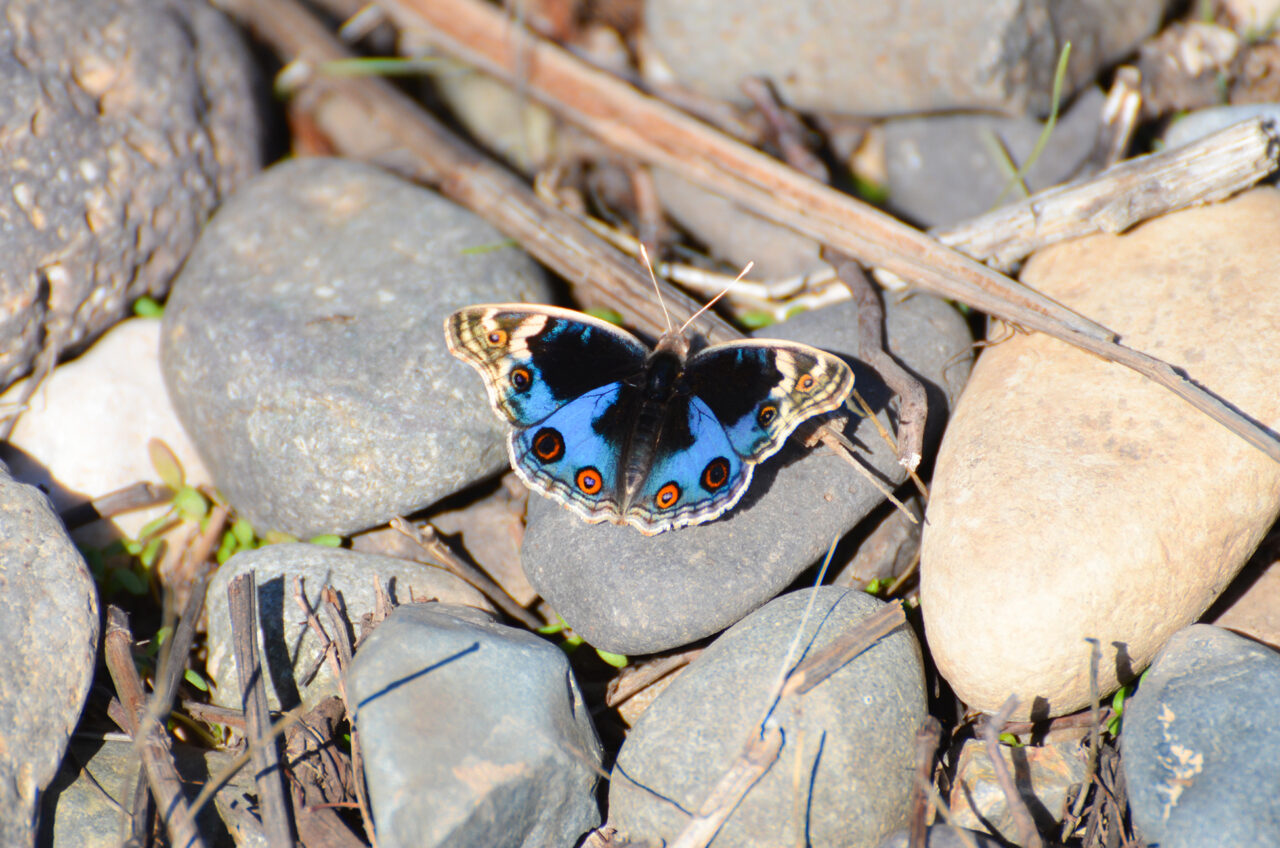
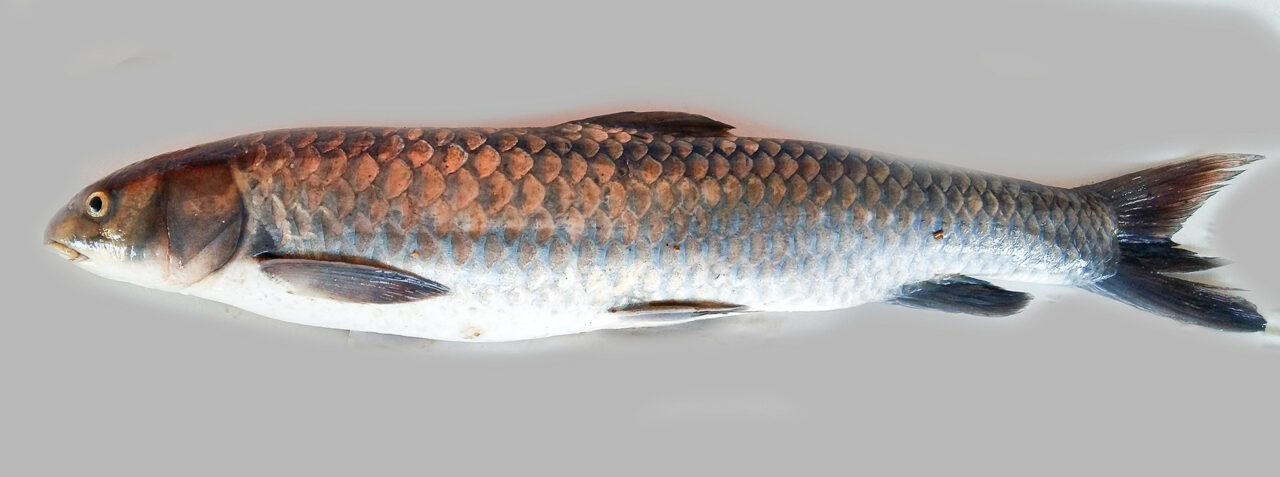
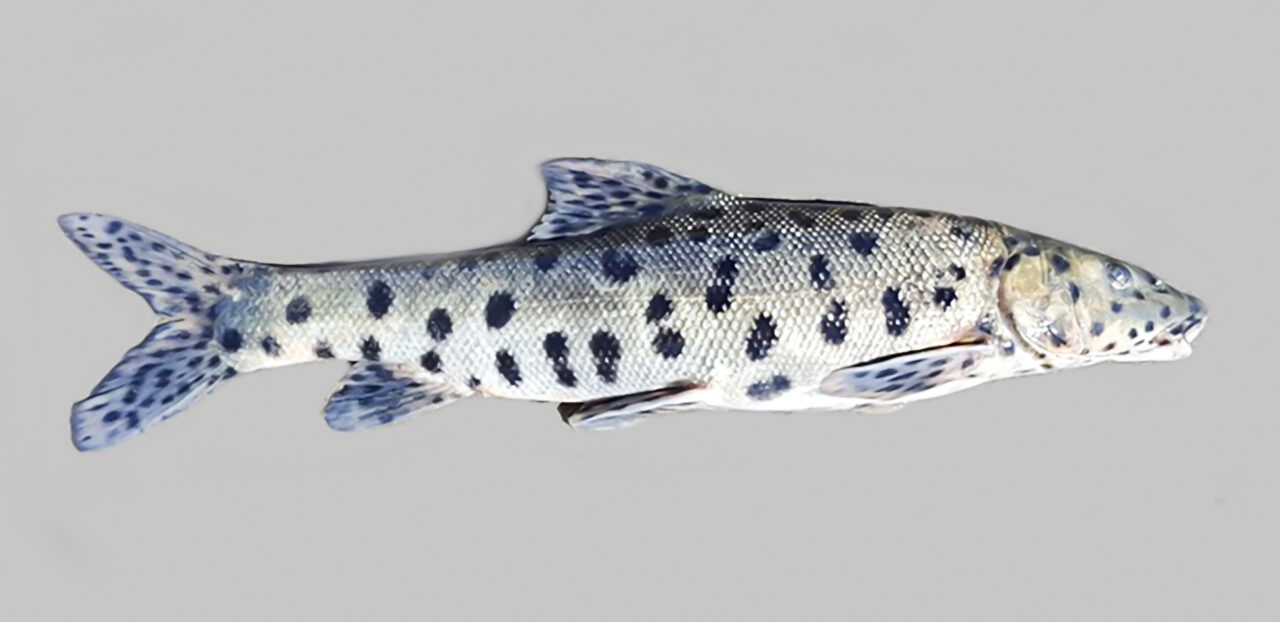
In the part of the Tigris River that passes through the Hevsel Gardens, the environs of Ilısu Dam and the branches that flow into the river in this area, at least 35 fish species from 10 families have been documented. 22 of them are common, and at least 16 are endemic.
Three fish species (Carasobarbus kosswigi, Luciobarbus esocinus and Luciobarbus subquincunciatus) are endangered, according to the IUCN Red List. Because of dams built in recent years, and increasing pollution from agricultural and household sources, Shabout (Arabibarbus grypus), Tigris asp (Leuciscus vorax), mangar (Luciobarbus esocinus), leopard barbel (Luciobarbus subquincunciatus) and Mesopotamian sucker catfish (Glyptothorax kurdistanicus) are now mostly seen in the lower basin of the river, passing to higher areas rarely.
Gibel carp (Carassius gibelio), Eurasian carp (Cyprinus carpio), Asian stinging catfish (Heteropneustes fossilis) and eastern mosquitofish (Gambusia holbrooki), which were not part of the Tigris river system, were brought in from the outside and seen to acclimatize. On the other hand, the Gibel carp and the eastern mosquitofish are reported as invasive species along the river.
Frogs are among the most important creatures of the food chain in aquatic ecosystems. In and around the Hevsel Gardens there are three frog species from amphibians: The varying toad (Bufotes variabilis), the marsh frog (Pelophylax ridibundus) and the lemon-yellow tree frog (Hyla savignyi).
Erhan Ünlü
Many marine and non-marine reptiles inhabit the Hevsel Gardens and its environs, including turtles, lizards and snakes. On land, the spur-thighed tortoise (Testudo graeca), in the main stem of the river and marshes, the Caspian turtle (Mauremys caspica) and the Euphrates softshell turtle (Rafetus euphraticus) make up the three species that live here.
Lizard species include the Anatolian lizard (Apathya cappadocica), the Berber skink (Eumeces schneiderii), the bridled mabuya (Heremites vittatus), the Levant green lizard (Lacerta media), the starred agama (Laudakia stellio), the Asia Minor thin-toed gecko (Mediodactylus heterocercus) and the snake-eyed lizard (Ophisops elegans).
The most common snake species in the area is the dice snake (Natrix tessellata). The terrestrial area features species including the javelin sand boa (Eryx jaculus), the black whipsnake (Dolichophis jugularis), the red-bellied racer (Dolichophis schmidti) and the narrow-striped dwarf snake (Eirenis decemlineatus).
Erhan Ünlü
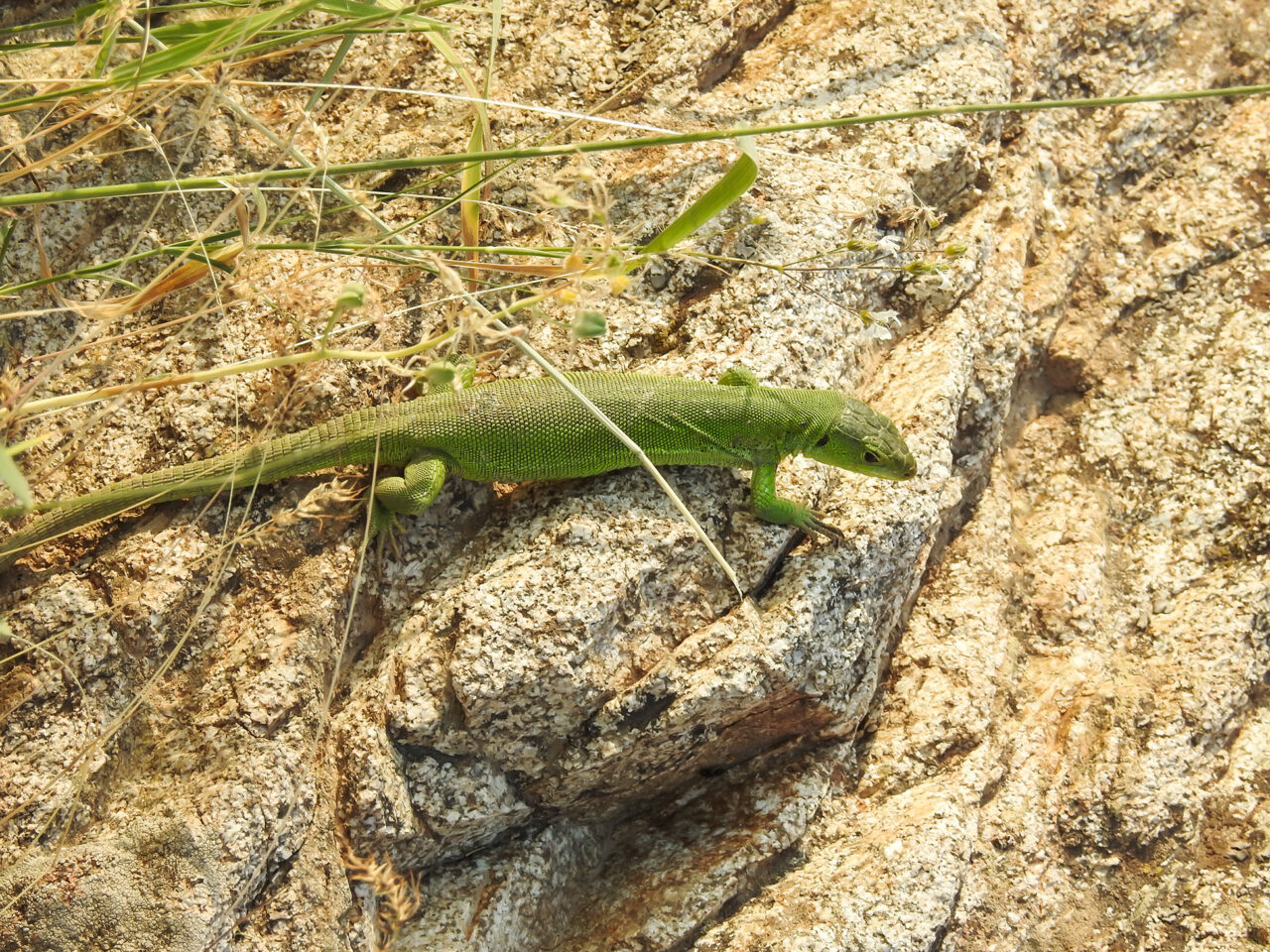

The Tigris River and Hevsel Gardens are on the immigration routes of many bird species, and the gardens are also known as the Hevsel Bird Paradise because of the significant role they play for migratory and resident birds thanks to their rich habitats. Bird banding work carried out along this part of the Tigris River has specified at least 80 different bird species. This figure is also expected to rise over the years. Thus, work carried out at the Kabaklı Pond on the Dicle University campus opposite the Hevsel Gardens specified more than 100 bird species.
Erhan Ünlü


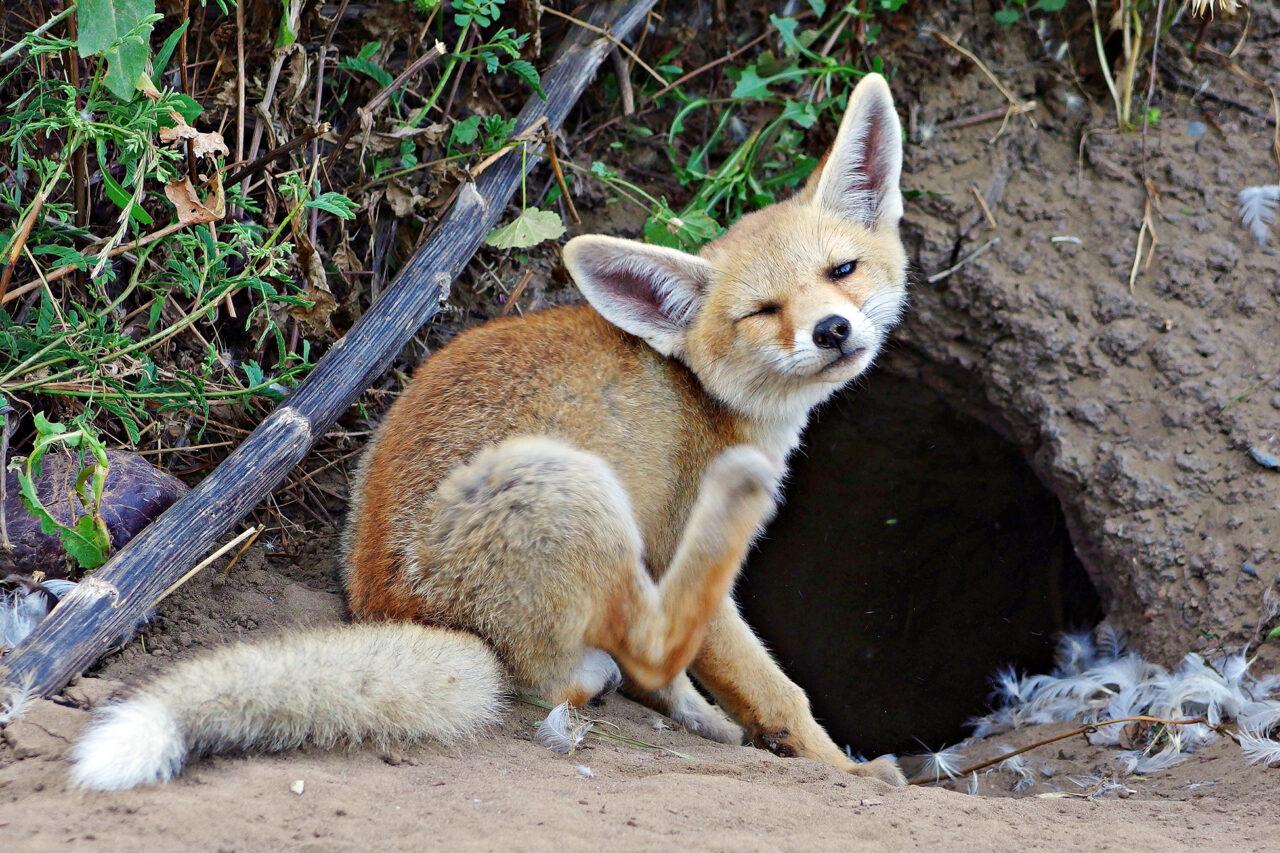
35 mammal species from 11 families have been recorded in the region. Most common among them are gnawing mammal species. There are two hedgehog species, including the southern white-breasted hedgehog (Erinaceus concolor) and the long-eared hedgehog (Hemiechinus auritus). Among bats, Kuhl’s pipistrelle (Pipistrellus kuhlii) is the most commonly observed species.
Eurasian otters (Lutra lutra) can be observed among the reed-beds of the Tigris River. This species is particularly active at night, and their sounds reveal their presence. The red fox (Vulpes vulpes), the European pine marten (Martes martes) and the wild boar (Sus scrofa) are among the widely observed beasts of prey in the Hevsel Gardens.
Erhan Ünlü
The Euphrates softshell turtle (Rafetus euphraticus) is an endangered semi-aquatic reptile that only inhabits the Tigris and Euphrates river systems. Dams and sand quarries are among the important factors that have led to the species rapidly losing its habitats. There is some research regarding the population of the Euphrates softshell turtle in countries to the south of Turkey, nevertheless the lack of information regarding the situation in Iran, Iraq and Syria is great. It is being estimated that the Euphrates softshell turtle, despite taking its name from the Euphrates River, is almost extinct along the part of the river in Turkey because of the many, constant dam constructions and that the probably isolated small populations that have survived will disappear over a short period of time.
The Euphrates softshell turtle has a wide range in Turkey today, from the environs of the Hevsel Gardens, along the Tigris River, until Cizre, however, the Ilısu dam reservoir built on the river system highly restricts its habitats. Archaeological excavation carried out in the Bismil area discovered bone remains of this turtle species in tombs dated to at least two millennia ago. It is believed that they were sacrificed during rituals.
The Euphrates softshell turtle is a “charismatic” animal that still has its place in regional culture, with various legends told about it. Therefore, if preservation were to begin, it is probable that the species would easily be accepted by the local population as a symbol, or a “flagship species”. In this way, it may be possible to protect the few areas suitable for the species, and to form new hatching areas for this species that faces rapid decline, particularly because it cannot find suitable breeding sites.
Source: Murat Biricik, Diyarbakır Surları ve Dicle Vadisi’nin UNESCO Dünya Miras Listesine Alınması Sürecinde Dicle Vadisi’nin Kriterlere Uygunluğuna İlişkin Görüşler [Views on the Suitability to Criteria of the Tigris Valley in the Inclusion Process on the UNESCO World Heritage List of the Diyarbakır Walls and the Tigris Valley], 2013.
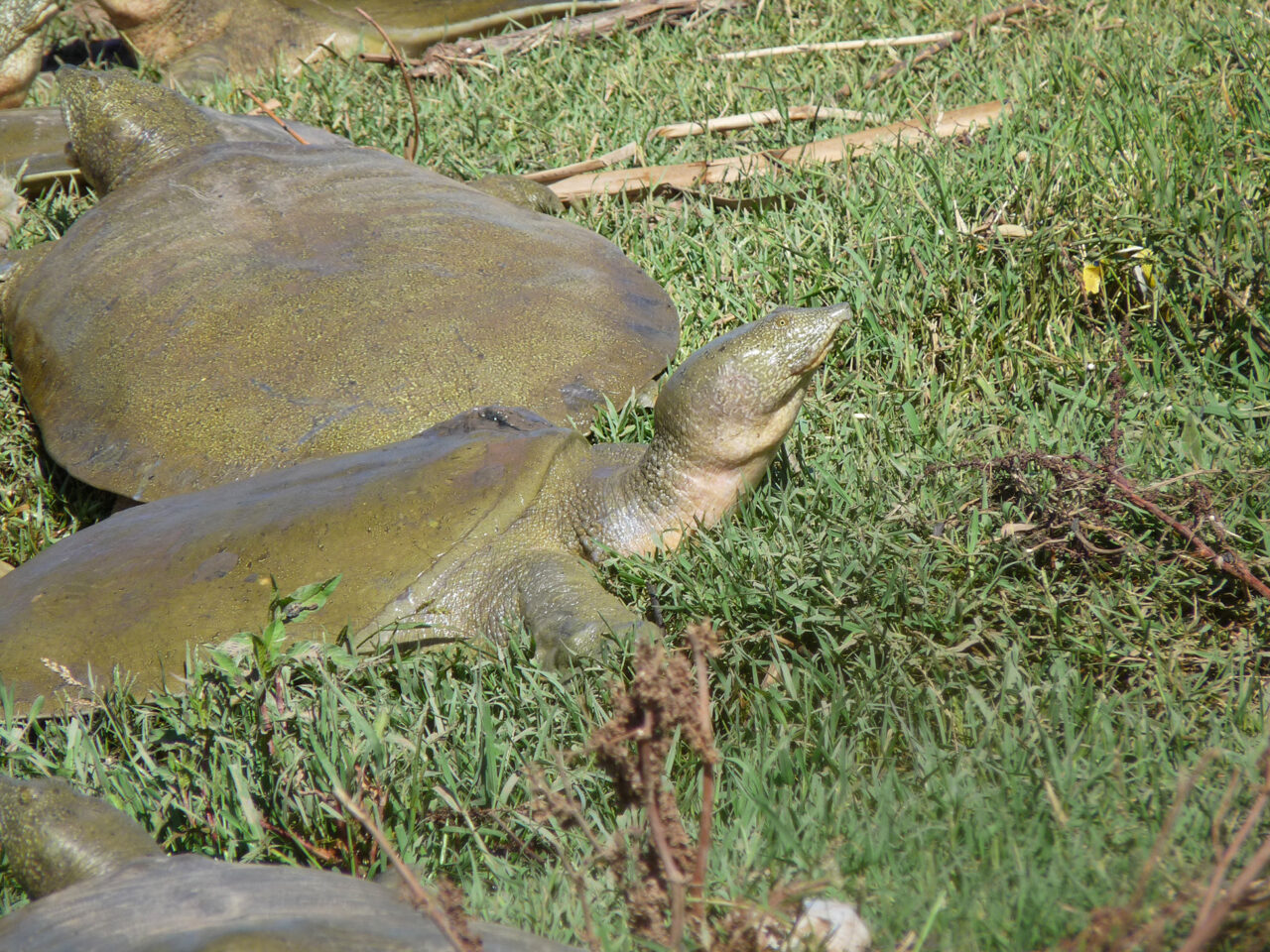
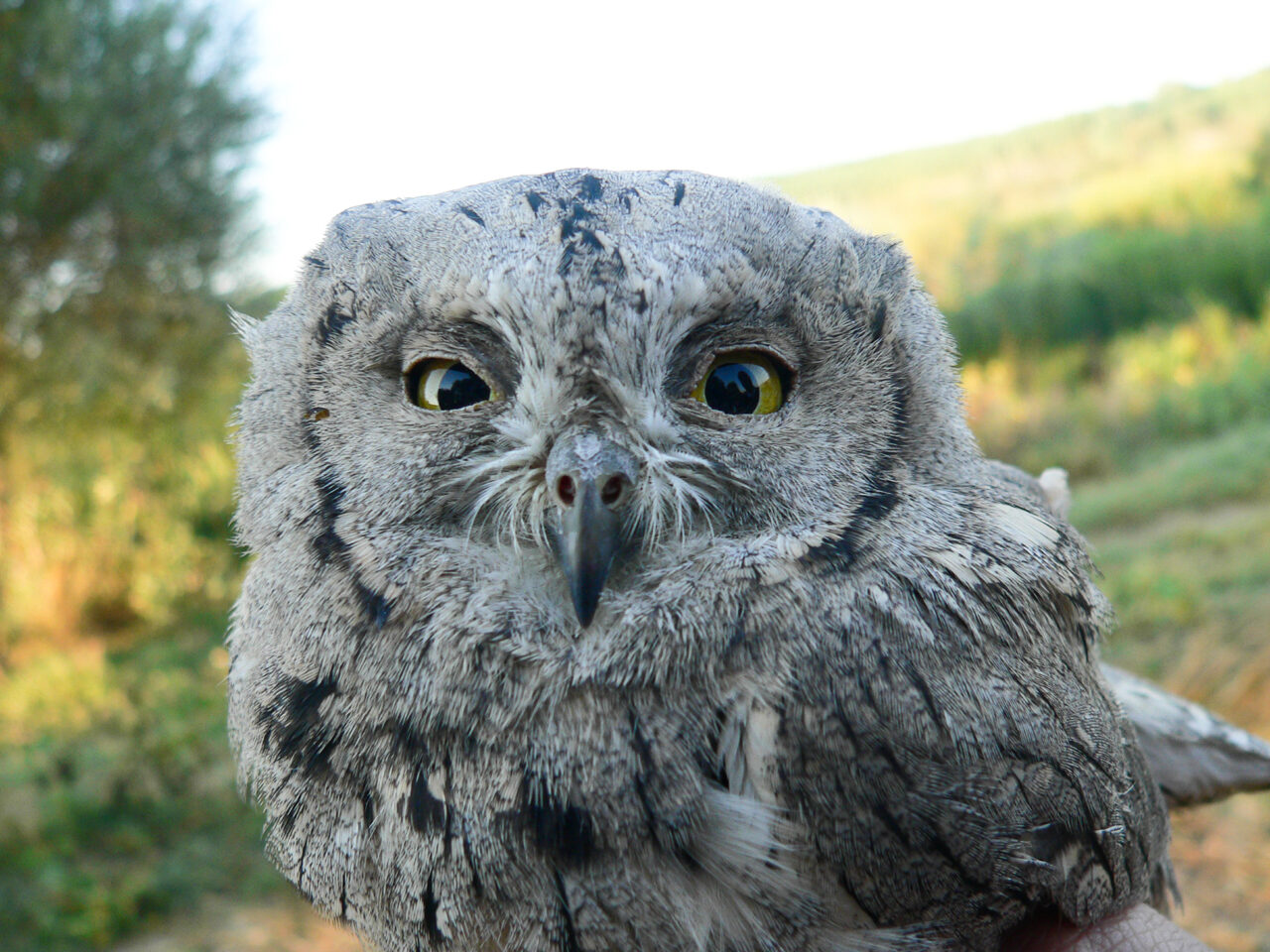
Due to its geographical position, Turkey is both a breeding ground, and on the migratory route of many birds. Bird migrations are researched, in addition to direct observation, through various methods including the use of radio and satellite transmitters, recording of differences in birdsong, examination of bird parasites and bird ringing, or banding. Ringing, or banding, is an approach that involves capturing a bird using safe methods, a ring being attached to the bird’s leg and release after information such as species, age and sex are registered. At the Dicle Bird Ringing Station, in the period from 2003 to 2006, bird banding work was carried out during five periods, one in the spring and four in autumn. The Tigris Valley is an important stopover site for migratory birds. During the total work period of 199 days, a total of 7716 birds from 89 species were captured.
The most widely ringed songbirds include the common chiffchaff (Phylloscopus collybita), the willow warbler (Phylloscopus trochilus) and the bluethroat (Luscinia svecica), respectively. The most widely ringed bird species other than songbirds was the common kingfisher (Alcedo atthis), followed by the European nightjar (Caprimulgus europaeus) and the Eurasian wryneck (Jynx torquilla).
Among species that could said to be new for the Southeastern Anatolia Region and Diyarbakır, there are Baillon’s crake (Porzana pusilla), corn crake (Crex crex), Küçük Su Çulluğu (Lymnocryptes minimus), jacksnipe (Carpodacus erythrinus), Savi’s warbler (Locustella luscinioides), Sedge warbler (Acrocephalus schoenobaenus), River warbler (Locustella fluviatilis), Radde’s accentor (Prunella ocularis), barred warbler (Sylvia nisoria), Western Orphean warbler (Sylvia hortensis) and Ortolan bunting (Emberiza hortulana). Known to live only in a few confined areas in Southeastern Anatolia, the pallid scops owl (Otus brucei) has also been observed in Diyarbakır.
Source: Murat Biricik, “Ulusal Kuş Halkalama Programı Dicle Üniversitesi Çalışması (2003-2006) Sonuç Raporu [Final Report of the National Bird Banding Program Dicle University Study (2003-2006)]”, Dicle Üniversitesi Bilimsel Araştırma Projeleri Koordinatörlüğü (DÜBAP), 2006.
Today, the flora and fauna of the Tigris River and their habitats are threatened by multiple factors. First among such threats is hydroelectric power plant projects [HES]. Dams, HES or banking prevent rich alluvia to reach lower basins and the sea, thus reducing aquatic fertility. This also prevents fish from migrating, thus harming fish diversity.
Construction development is a serious problem in itself. A significant part of the planned Tigris Valley Urban Design Project is within the region defined as the “Heritage Site”. It may sound nice to confine rivers within artificial canals and landscaping recreational areas around them, like in many European countries. However, such projects run the risk of destroying the river and its ecosystem, and leaving only a “millet bahçesi/park for the nation” behind. Yet the Tigris River and Hevsel Gardens form a significant ecosystem that cannot be sacrificed for the building of a park.
The most important problem that threatens the natural land and agricultural land in the Tigris Valley is the reduction in the water content. Global climate changes lead to decrease, or irregularity in precipitation. Excessive water use from the Tigris River and its branches for wild flooding irrigation also forms a threat for aquatic beings.
Sand quarries also constitute an important factor that harms the ecosystem. Excavating sand from the shores of the Tigris Valley to use in construction, and the proximity of spoil areas to the basin damage the natural landscape. This, in turn, destroys the habitats of the Euphrates softshell turtle, an endemic species of the region.
The outcome of all such factors is the destabilization of ecological life in the region. It is for this reason, in order to protect the flora, fauna and their habitats that the Tigris River must be designated as a “Sensitive Area under Absolute Protection” and the Hevsel Gardens as a “Specific Natural Protection Area”.
Erhan Ünlü
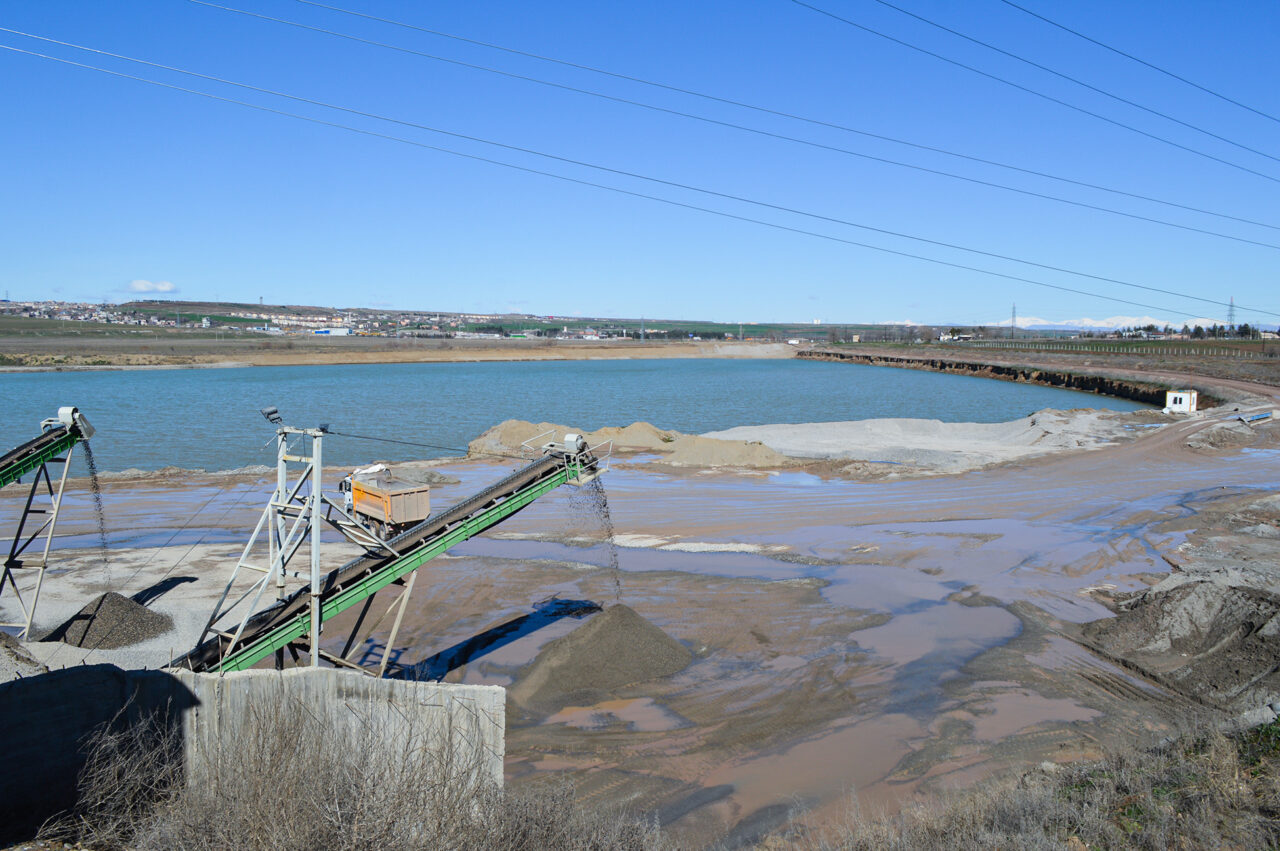
Translation: Nazım Dikbaş
BIBLIOGRAPHY
Erhan Ünlü
• Başaran, A. (1974) “Diyarbakır ve çevresinde gündüz kelebeklerinin sistematik olarak incelenmesi [A systematic investigation of day butterflies in Diyarbakır and its environs]”, Diyarbakır Tıp Fakültesi Dergisi, 3(3): 529-547.
• Baştuğ, İ. (2014) “Cennet Bahçesi Hevsel [Hevsel, Paradise Garden]”, Atlas, 254.
• Biricik, M. (1996) “Birds of Kabakli Reservoir”, Turkish Journal of Zoology, 20(2):155-160.
• Biricik, M. (2011) “First record of Junonia orithya (Linnaeus, 1758) (Lepidoptera: Nymphalidae) in Turkey”, Zoology in the Middle East, 53(1): 130-132.
• Biricik, M. and Turğa, Ş., (2011) “Description of an Euphrates softshell turtle (Rafetus euphraticus) nest from the Tigris River (SE Turkey)”, Salamandra, 47(2): 99-102.
• Filar, M. and Biricik, M. (2006) “Dicle Ringing Station (SE Turkey) – Ringing Results and Seasonal Bird Migration Dynamics in 2003-2005”, The Ring, 28(2): 135-145.
• Karakaş, R. (2017) “Ornithological importance of artificial ponds: a case study at Kabaklı Pond, south-eastern Anatolia, Turkey”, Paddy and Water Environment, 15(4): 919-930.
• Kaya, S. (2016) “Diyarbakır; Dicle’nin Susamurları [Otters of Tigris, Diyarbakır]”, Atlas, 277.
• Ulutürk, S. and Coşkun, Y. (2011) “A Comparative Morphological and Karyological Study on Hedgehogs, Erinaceus concolor (Martin, 1838) and Hemiechinus auritus (Gmelin, 1770) (Insectivora: Mammalia) in Diyarbakir Province”, KSÜ Doğa Bilimleri Dergisi, 14(4): 46-52.
• Ünlü, E. (2021) “Fish Fauna of Ilisu Area on the Tigris River, Before Impoundment of the Ilisu Dam (Turkey)”, Transylvanian Review of Systematical and Ecological Research, 23 (3): 73-86.
With thanks to: I would like to express my heartfelt thanks to Prof. Dr. Rıdvan Şeşen (mollusca), Dr. Sadreddin Tusun (insects), Specialist Nedret Yakalı, Prof. Dr. Murat Biricik and Prof. Dr. Recep Karakaş (birds), Prof. Dr. Yüksel Coşkun and Doç. Dr. Alaettin Kaya (mammals) for meticulously compiling information and allowing us to benefit from their research results. – Erhan Ünlü


